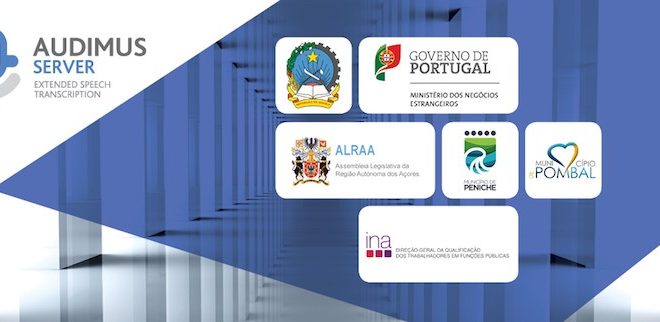VoiceInteraction is taking over the American market
Currently, more than 400 TV stations are part of our customer portfolio, with a significant impact across the American continent (from the South, like Argentina to the North, like Canada). Naturally, Brazil and USA are countries where the number of TV stations that have adopted our Closed Captioning solution is more significant, while we are also present in many countries in Latin America.
Audimus.Media, VoiceInteraction‘s solution that generates Closed Captioning for live programs, is based on an Automatic Speech Recognition engine. This type of product is a fully automatic solution for CC * generation, as it already reflects the broadcasters’ understanding that this is the right path (automatic versus manual) to follow. This new reality is due to the evolution of speech recognition technology, its excellent level of performance and the fact that it is a very reliable system and a fully automatic solution.
Speech recognition technology has evolved significantly in the past two years. This evolution is mainly due to the enormous availability of data and the substantial increase in processing capacity, especially in the parallelization of this processing, which has allowed significant gains in Machine Learning processes for training acoustic and language models.
It then becomes fundamental to generate greater robustness in the models, incorporating regional accents, and since the audio of the journalists themselves is included in the training set, the quality of the recognition will increase. VoiceInteraction was one of the pioneers in the development of Neural Network techniques applied to Speech Recognition and has always worked on online methods of speech signal processing, which currently allows it to have a leadership role in CC systems.
With the large availability of text on the web, a crawling process of the data implemented will allow it to generate language models to be daily adapted to the profiles of customers as it simultaneously contains what is generally happening in the region / country / world.
Thus, the models are constantly evolving since they are also trained with data from the vast majority of our clients, allowing an increasing performance by the day. As a consequence, the models are trained daily and so the client knows that he has a solution always up to date and customized to his needs.
Proprietary technology gives us the tools to do the software availability on premises, guaranteeing total control by the client in the event of disasters or communication failures. This is the solution the broadcast market prefers, as for the control and security it brings, making it a competitive advantage for us. However, VoiceInteraction also presents solutions in the cloud to allow scalability and temporary uses.
During 2019, VoiceInteraction significantly expanded its TV stations portfolio in the USA. This increase came to further solidify its leading position in Brazil. We are talking about two large markets that are based on each of them in only one language. For example, the European market hasn’t the same dimension but requires the development of models for 27 languages which therefore requires harder work. On the other hand, the LATAM market is mainly Spanish, but it requires local adaptation to the specific Spanish of these countries. Argentina, Chile, Peru, Colombia and Mexico, as an example.
We are currently under evaluation with the main American media groups in order to demonstrate our technology and ability to continuously improve the models and the technology itself. It should also be noted that these markets are heavily regulated and that they create a market for these technologies, something that does not happen in Europe.
VoiceInteraction, knowledge from speech.







